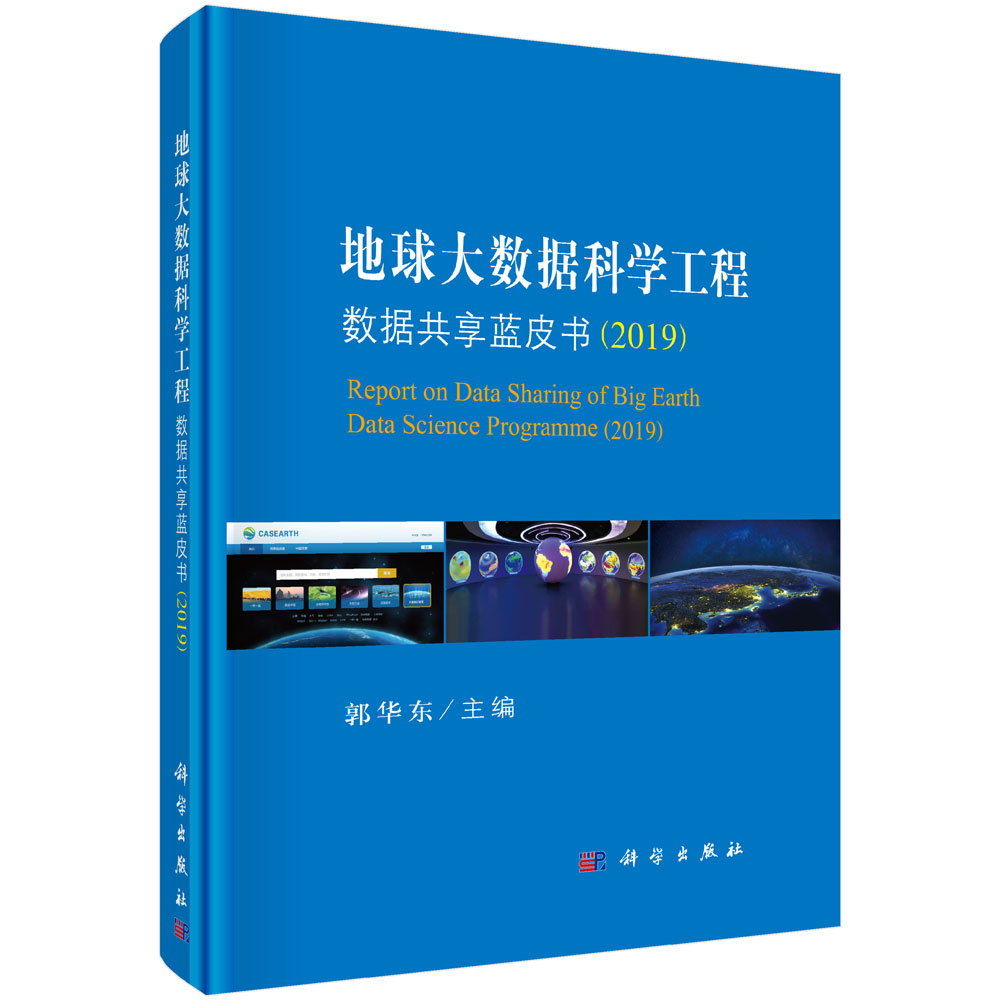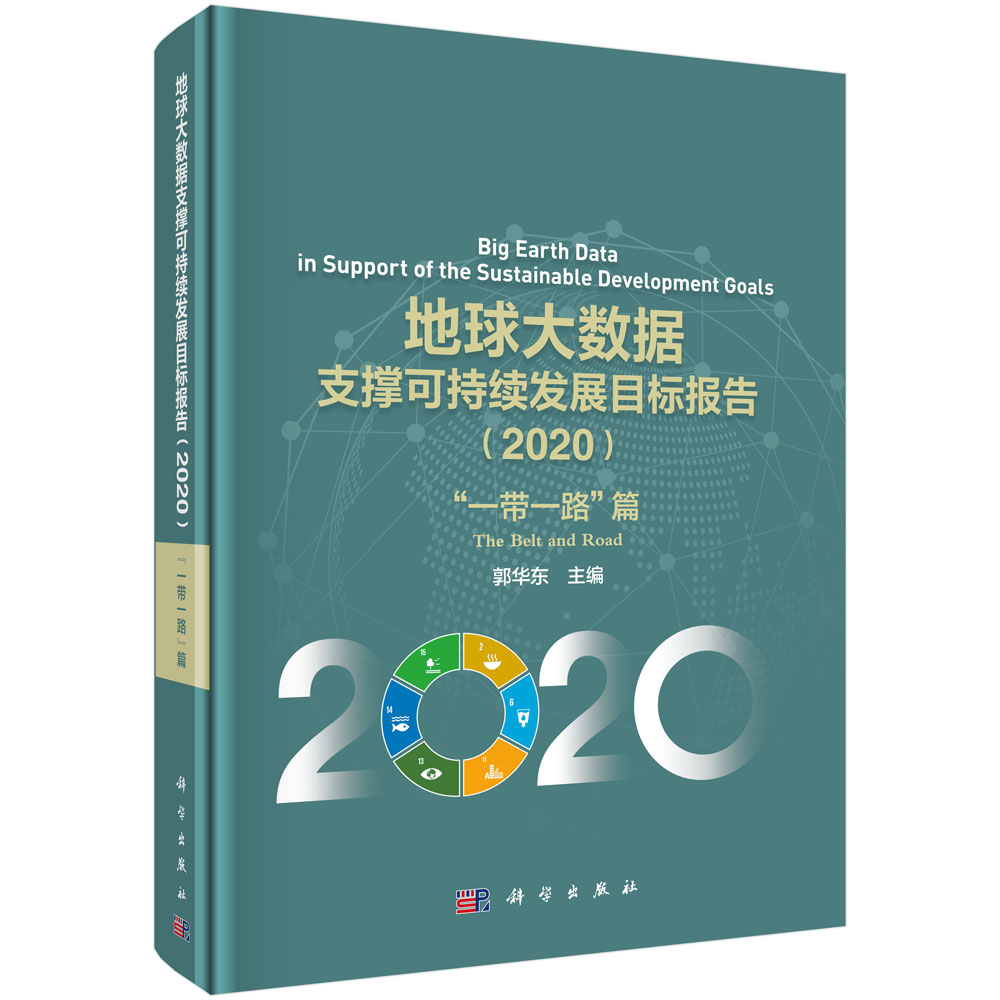全部商品分类





































Big Earth Data in Support of the Sustainable Development Goals (2021): The Belt and Road showcases the innovative practice of applying Big Earth Data to the monitoring and evaluating indicators for six SDGs, i.e., SDG 2 Zero Hunger, SDG 6 Clean Water and Sanitation, SDG 11 Sustainable Cities and Communities, SDG 13 Climate Action, SDG14 Life below Water, SDG 15 Life on Land, and the analysis of the interactions among multiple SDG indicators. It presents 42 case studies on 22 targets relevant to countries and regions involved in the Belt and Road Initiative. The report showcases the results of research, monitoring, and evaluation of SDGs and their indicators at four scales~local, national, regional, and global^totalling 37 data products, 19 methods and models,and 32 decision-support recommendations. These research results demonstrate China's exploration and practice in promoting the implementation of the UN 2030 Agenda for Sustainable Development through scientific and technological innovation, fully reveal the application value and broad prospects of Earth's big data technology in monitoring and evaluating the sustainable development goals, and open up new ways and methods to support the implementation of the UN 2030 Agenda for Sustainable Development through the use of advanced technologies and methods such as big data and artificial intelligence under the framework of the UN technology promotion mechanism. It can provide reference for countries to strengthen the implementation monitoring and evaluation of the agenda.
样章试读
- 暂时还没有任何用户评论
全部咨询(共0条问答)
- 暂时还没有任何用户咨询内容